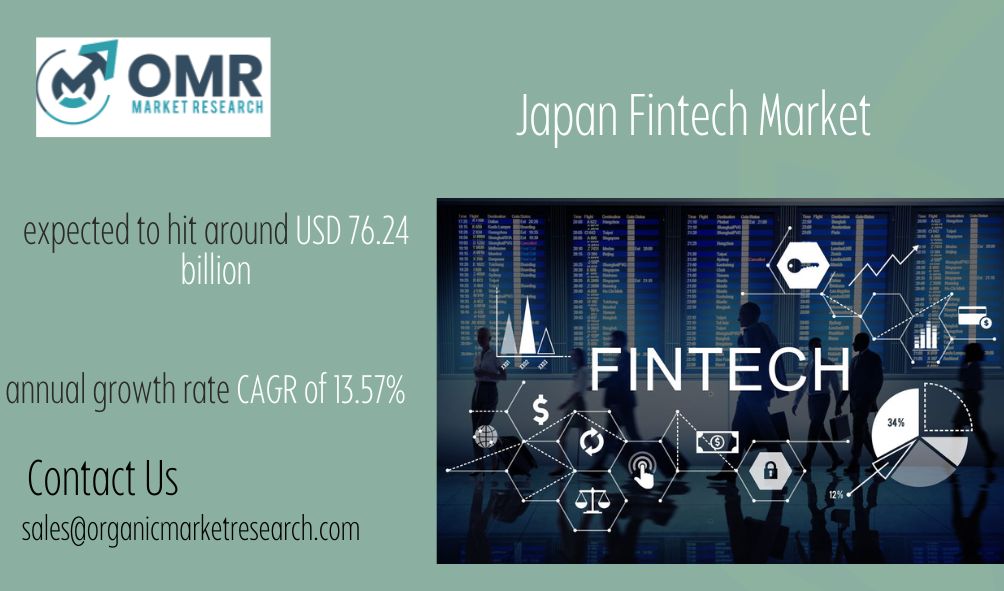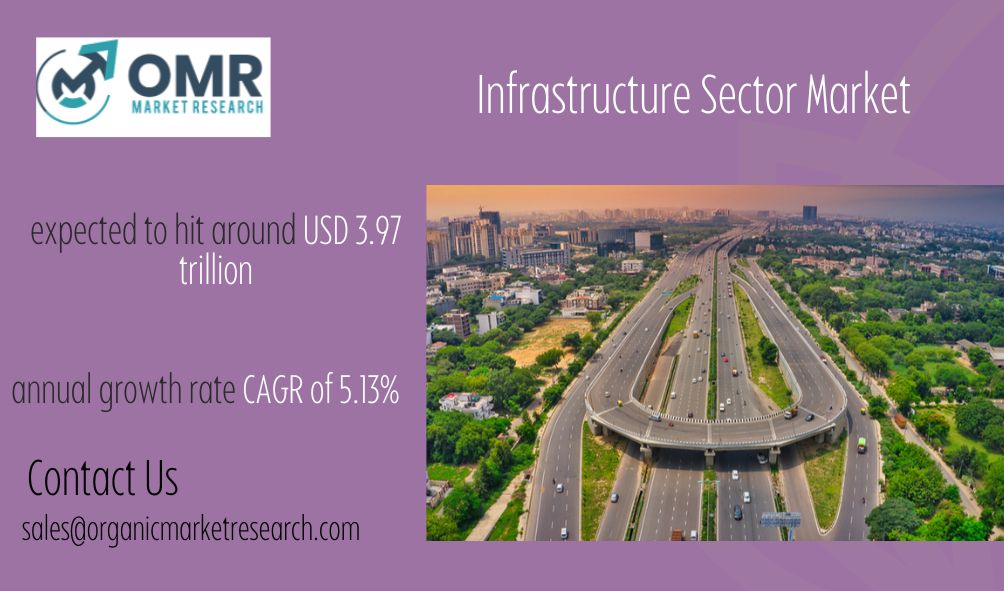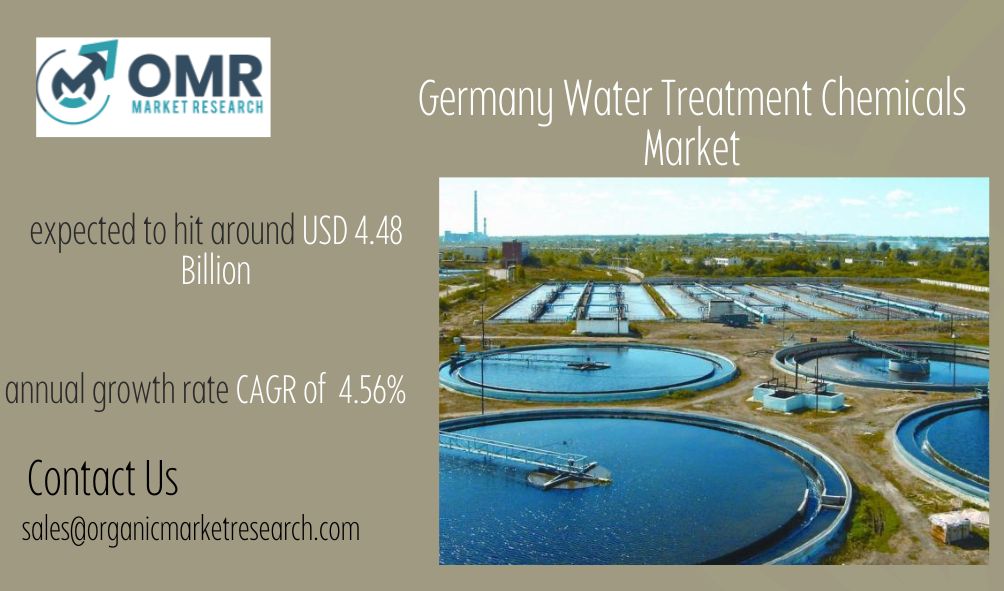Global Infrastructure Sector market size was USD 2.53 trillion in 2023 and the market is projected to touch USD 3.97 trillion by 2032, at a CAGR of 5.13% during the forecast period. The Infrastructure Sector includes roads, bridges, railways, airports, water supply systems, energy producing facilities, and telecommunications networks. Essentially, infrastructure serves as the foundation for daily activities and allows firms to operate properly.
The infrastructure sector has gained prominence in recent years as a result of increased urbanization, population growth, and the need for sustainable development. Governments around the world are expanding their investments in infrastructure to increase connectivity, productivity, and economic growth. The sector’s key developments include the adoption of smart technologies to make infrastructure more efficient and resilient to the consequences of climate change.
The infrastructure market is characterized by diverse stakeholders including governments, private companies, and international organizations. Public-private partnerships (PPPs) are becoming more common as a way to finance and manage large-scale infrastructure projects. These partnerships leverage the strengths of both sectors, with governments providing regulatory oversight and private companies contributing capital and expertise.
Global Infrastructure Sector report scope and segmentation.
Global Infrastructure Sector dynamics
Economic situations, political policies, technology improvements, and environmental concerns are all important factors to consider. Economic factors like GDP growth, inflation, and interest rates have a considerable impact on infrastructure investment decisions. Governments play an important role in infrastructure development by implementing policies such as regulatory frameworks, incentives for private investment, and financial allocations.
Technological developments are altering the industry, with smart infrastructure, digital connectivity, and renewable energy solutions gaining traction. These technologies not only increase efficiency and operational management, but they also contribute to sustainability goals by decreasing environmental impacts.
Environmental considerations are increasingly influencing infrastructure projects, with a growing emphasis on sustainability, resilience to climate change, and reducing carbon footprints. This trend is driving investments towards renewable energy projects, green buildings, and eco-friendly transportation solutions.
Global trends such as urbanization and demographic shifts are also shaping infrastructure demand. Rapid urban growth necessitates investments in transportation networks, affordable housing, and utilities to support expanding populations. Conversely, rural development initiatives require investments in rural infrastructure to enhance connectivity and access to basic services.
Global Infrastructure Sector drivers
Urbanization and Population Growth
Urbanization and population expansion are key drivers of the global infrastructure sector. As more people relocate to cities, the need for housing, transportation, water, electricity, and other infrastructural services grows. This tendency not only encourages investment in new infrastructure projects, but it also needs the upgrading and expansion of current infrastructure to meet rising populations. Urbanization also increases the demand for smart city technology and sustainable infrastructure solutions to improve quality of life and environmental sustainability.
Technological Advancements
Technological improvements are critical to the infrastructure sector’s growth. Smart infrastructure, digital connectivity, the Internet of Things (IoT), artificial intelligence (AI), and renewable energy technologies are revolutionizing infrastructure design, construction, and management. Smart infrastructure solutions offer real-time monitoring and data-driven decision-making, which results in increased operational efficiency, lower maintenance costs, and better user experiences. Renewable energy technologies, such as solar and wind power, are rapidly being integrated into infrastructure projects, boosting sustainability and decreasing reliance on fossil fuels.
- Restraints:
Funding Constraints
Funding limits are one of the most significant challenges facing the infrastructure market. Infrastructure projects frequently require significant upfront investments, and obtaining funds can be difficult, especially for large-scale projects. Governments, who have traditionally funded a large share of infrastructure development, may encounter budget constraints or competing priorities, resulting in project delays or cancelation. Private sector participation through public-private partnerships (PPPs) can assist bridge financial shortfalls, but it frequently needs rigorous negotiation and risk allocation.
Regulatory and Permitting Challenges
Regulatory and permitting issues are important hurdles to infrastructure construction. Infrastructure projects must navigate complex regulatory frameworks, environmental evaluations, zoning rules, and permitting processes, which can cause project delays and cost increases. Inconsistent regulatory standards between jurisdictions, or changes in regulatory policies, can generate uncertainty for investors and developers, hurting project feasibility and profitability.
- Opportunities:
Renewable Energy Infrastructure
The transition to renewable energy represents a significant potential for the infrastructure sector. To meet climate targets and reduce carbon emissions, governments and corporations are increasing their investments in renewable energy infrastructure such as solar farms, wind farms, and energy storage facilities. This trend not only opens up new opportunities for infrastructure investment, but it additionally promotes sustainable development and energy security.
- Segment Overview
The infrastructure sector is divided into numerous important categories, each providing a specific societal and economic necessity. Schools, hospitals, defense stations, and other public amenities are examples of social infrastructure that are critical to community well-being and national security. Investments in social infrastructure aim to strengthen public services, increase the quality of life, and assure national defense readiness.
Transportation infrastructure includes networks such as trains, roads, airports, ports, and canals that allow people and goods to travel across areas and countries. These systems are critical to economic integration, trade facilitation, tourism, and urban mobility. Continuous investment in transportation infrastructure is required to effectively address expanding urbanization and global commerce demands.
Extraction infrastructure serves industries that extract natural resources such oil, gas, minerals, metals, and coal. This sector contains facilities such as extraction sites, processing plants, and logistical networks that are essential for resource extraction and supply chain management. Global energy consumption, industrial growth, and the availability of natural resources stimulate investments in extraction infrastructure.
Utilities infrastructure includes power plants, transmission and distribution networks, water supply systems, gas pipelines, and telecommunications infrastructure. These systems provide critical services to households, businesses, and industries, hence promoting economic growth, urban expansion, and technical improvement. Investments in utility infrastructure prioritize dependability, efficiency, and sustainability to satisfy rising energy and water demands while reducing environmental effect.
Metal and ore production facilities, petroleum refining, chemical manufacture, and industrial parks or clusters all fall under the category of manufacturing infrastructure. This section supports industrial activities that create items for both domestic and export markets. Investments in manufacturing infrastructure aim to improve production capacities, encourage industrial growth, and attract investment in strategic industries.
Global Infrastructure Sector Overview by Region
Infrastructure investment in North America is primarily focused on renovating aging transportation networks, increasing renewable energy capacity, and improving digital infrastructure. The United States, in particular, prioritizes public-private partnerships (PPPs) to fund large-scale initiatives aimed at increasing resilience to climate change and economic competitiveness.
Europe prioritizes sustainable infrastructure development, with investments focused on energy transition, transportation modernization (including high-speed rail networks), and smart city programs. The European Union’s Green Deal framework encourages investments in renewable energy, circular economy practices, and digital connectivity across member states, promoting economic integration and environmental sustainability.
Asia-Pacific leads global infrastructure investment, owing to fast urbanization, industrialization, and growing middle-class populations. China’s Belt and Road Initiative (BRI) continues to drive infrastructure projects across Asia, Africa, and Europe, with an emphasis on transportation networks, energy infrastructure, and digital connectivity. To assist economic growth and urban development, India prioritizes the development of transportation infrastructure, such as roads, trains, and urban transit systems.
Latin America and the Caribbean emphasize infrastructure investments to reduce socioeconomic gaps and improve regional connectivity. Investments in energy infrastructure, particularly renewable energy projects, are intended to minimize reliance on fossil fuels and promote sustainable development. In Brazil, Mexico, and Colombia, government projects aim to improve access to clean water and sanitation, increase port facilities, and upgrade transportation networks.
In the Middle East and Africa, infrastructure investments center on expanding energy capacities (including renewable energy), upgrading transport networks, and enhancing telecommunications infrastructure. The region’s diverse economic landscapes drive investments in infrastructure to support economic diversification, improve regional connectivity, and address socio-economic challenges.
Global Infrastructure Sector market competitive landscape
Local and regional players play an important role, especially in emerging markets where local knowledge, stakeholder relationships, and awareness of regulatory frameworks provide competitive advantages. These companies frequently engage with overseas partners through joint ventures or consortiums to gain access to the technology, knowledge, and finance required for major infrastructure projects. Government-owned businesses also play important roles, particularly in industries like as energy and transportation, where state ownership or major involvement is prevalent.
As new entrants and innovative technologies arise, the competitive environment shifts. Start-ups and technology companies are quickly entering the infrastructure market, providing innovations such as smart infrastructure solutions, digital project management systems, and sustainable technologies. These technologies are altering established activities, creating efficiency improvements, and addressing environmental concerns.
Competition is intensifying as firms seek differentiation through sustainable practices, technological innovation, and operational excellence. Strategic partnerships, mergers, and acquisitions are common strategies employed by companies to expand market reach, diversify service offerings, and capitalize on emerging opportunities in renewable energy, digital infrastructure, and urban development projects.
Global Infrastructure Sector Recent Developments
- According to CRISIL, India is set to increase its infrastructure investments to Rs 143 trillion from fiscal years 2024 to 2030. This amount surpasses the Rs 67 trillion spent over the previous seven fiscal years, as highlighted during CRISIL’s prestigious India Infrastructure Conclave in 2023.
- During the 2023 G7 Summit in Hiroshima, Japan, leaders reaffirmed their dedication to exploring fresh avenues for expanding the Partnership for Global Infrastructure and Investment (PGII), a flagship infrastructure initiative. This initiative, championed by President Biden and the G7, aims to attract significant investors to enhance the provision of high-quality infrastructure financing in low- and middle-income countries, addressing global demand effectively.
Scope of global Infrastructure Sector report
Global Infrastructure Sector report segmentation
In case you don’t find what, you are looking for, please get in touch with our custom research team at
Latest Report
https://organicmarketresearch.com/indonesia-accounting-software-market
https://organicmarketresearch.com/saudi-arabia-nutraceuticals-market
https://organicmarketresearch.com/saudi-arabia-residential-real-estate-market
https://organicmarketresearch.com/chile-crop-protection-chemicals-market
Contact Us
+91 9319642100
sales@organicmarketresearch.com
Noida One Tower Sec 62 Noida 201301
Website: https://organicmarketresearch.com















